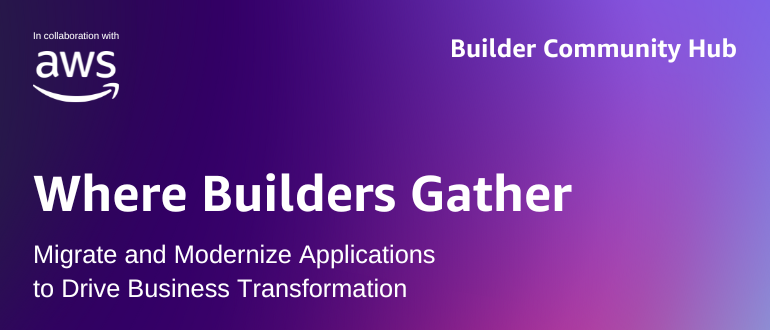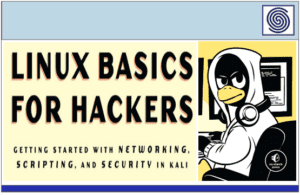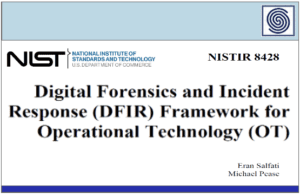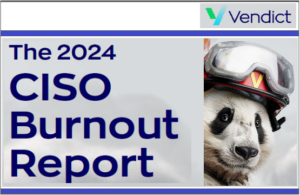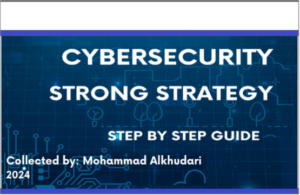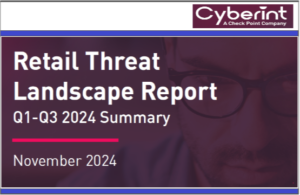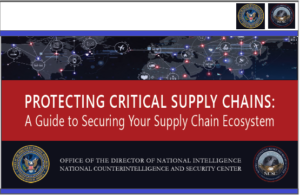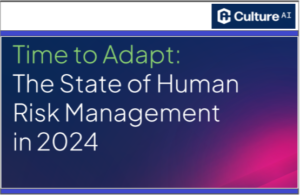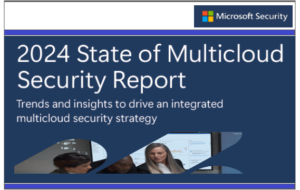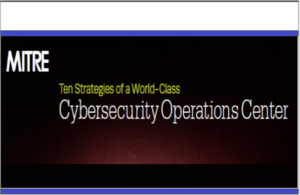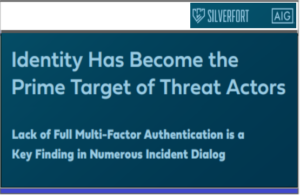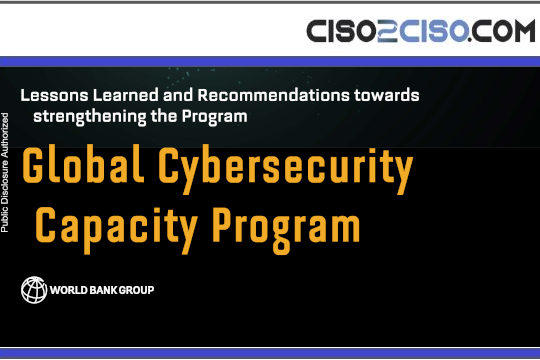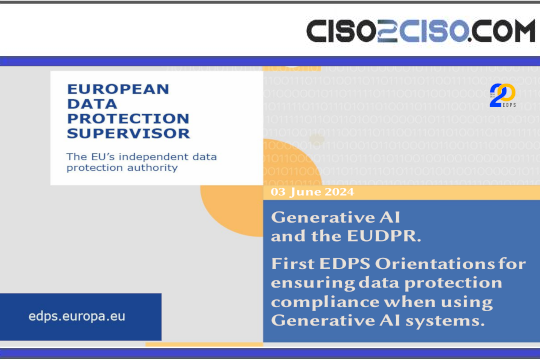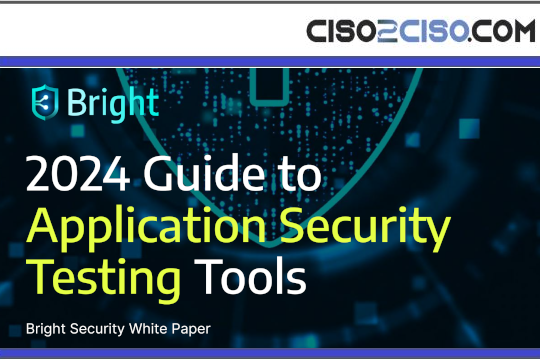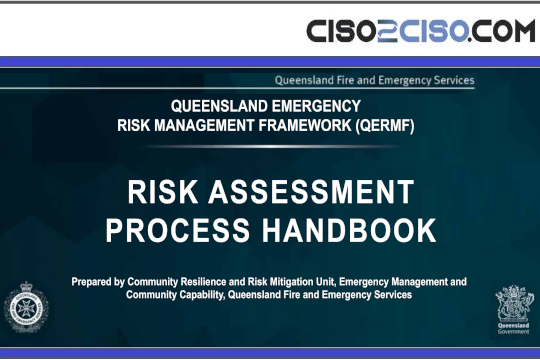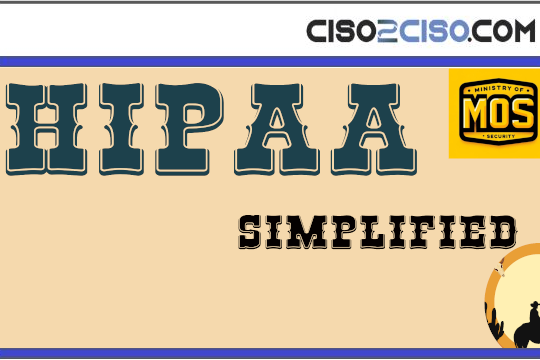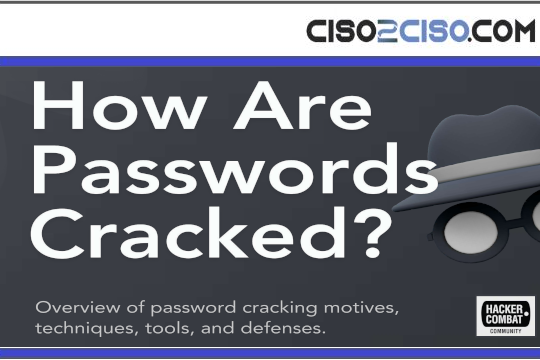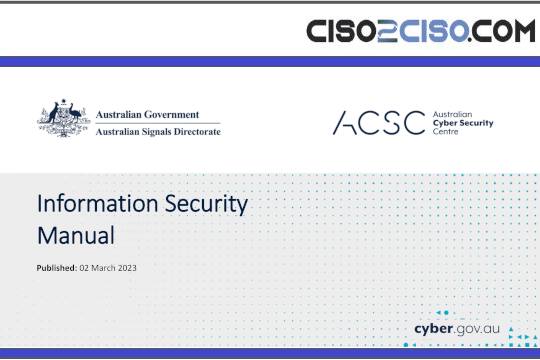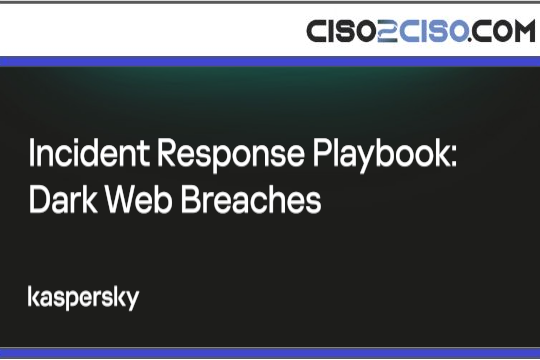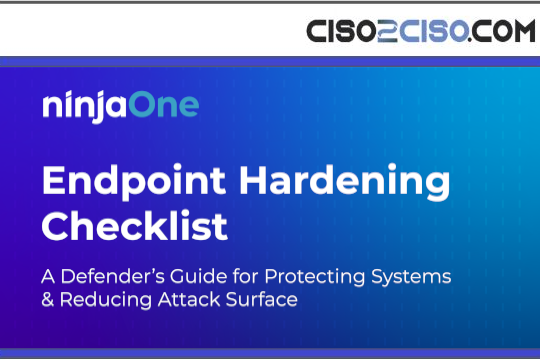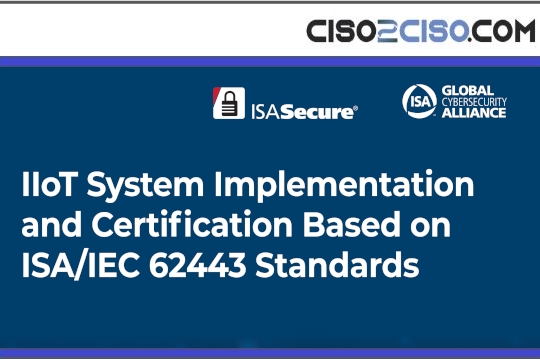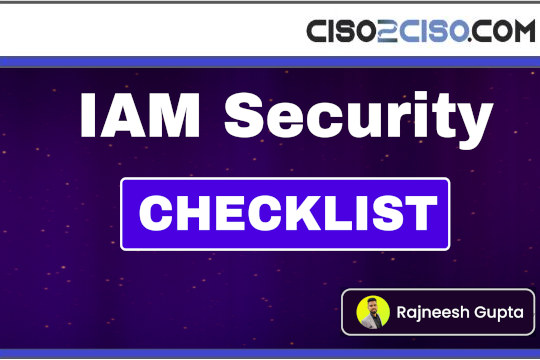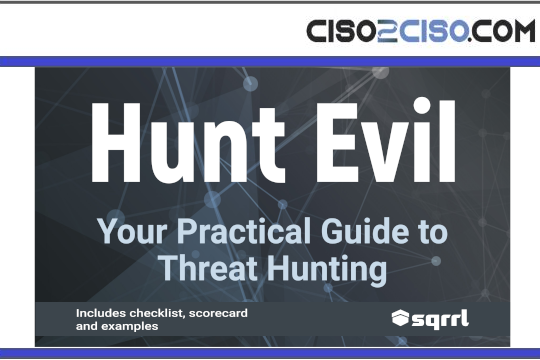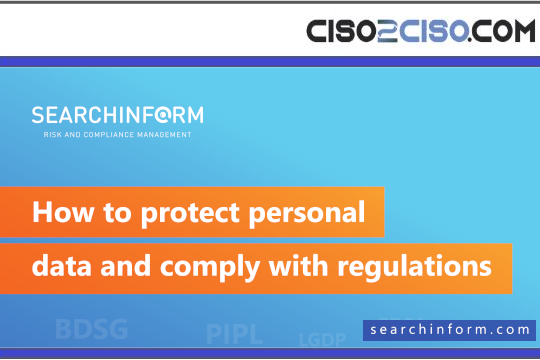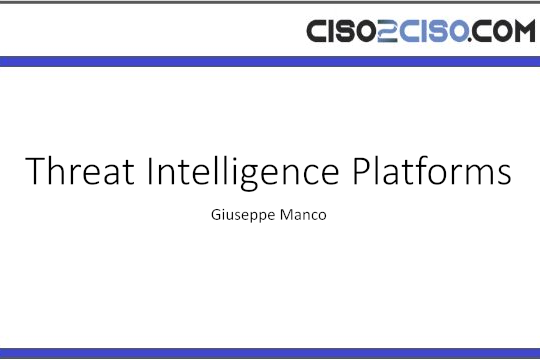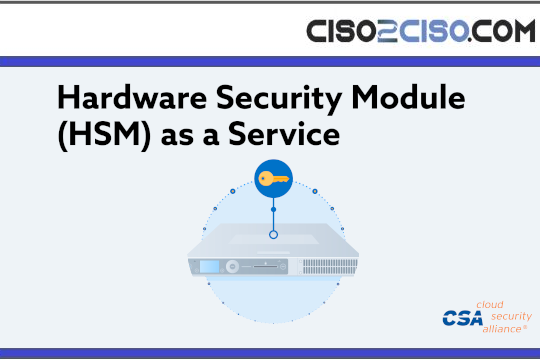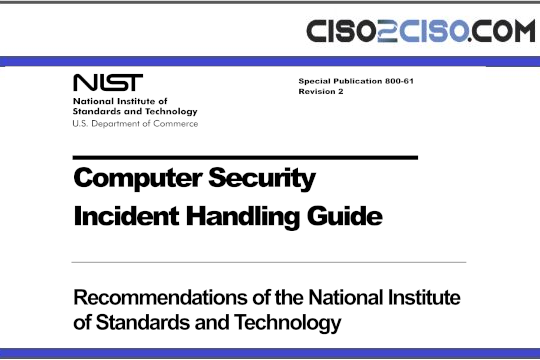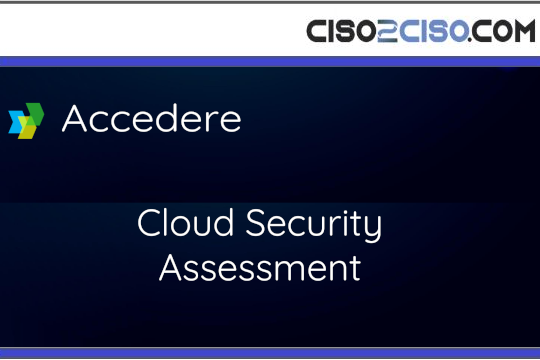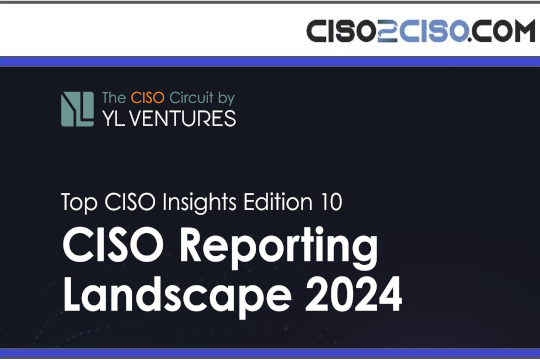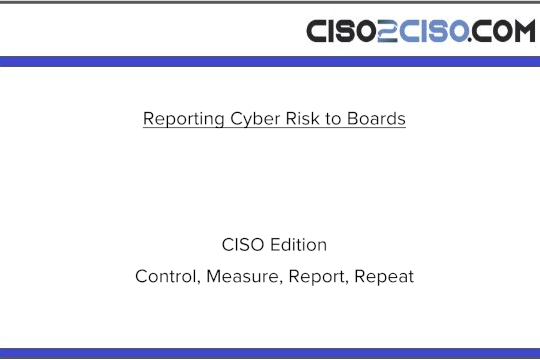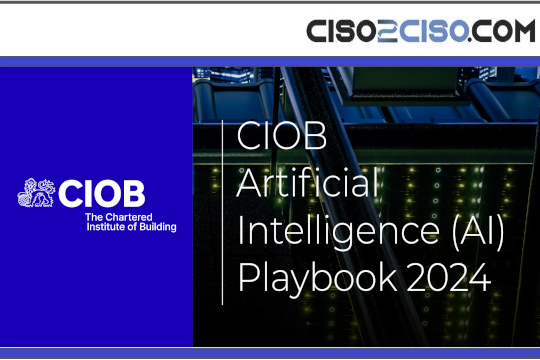Source: securityboulevard.com – Author: Mend.io Team
What Are Application Security Testing Tools?
Application security testing (AST) tools identify vulnerabilities and weaknesses in software applications. These tools assess code, application behavior, or its environment to detect potential security risks. They help developers and security teams prevent cyberattacks by addressing security issues during the development and deployment phases.
AST tools come in various forms based on their purpose, methods, and scope. They are crucial for maintaining secure software development lifecycles, especially in a world where applications are prime targets for attackers. By integrating these tools into DevOps workflows, organizations can proactively reduce risks and ensure compliance with security standards.
In this article:
- Main Categories of Application Security Testing Tools
- Full Application Security Testing Platforms
- Focused DAST Tools
- Focused SAST Tools
- Key Selection Criteria for Application Security Testing Tools
Main Categories of Application Security Testing Tools
Static Application Security Testing (SAST)
Static application security testing (SAST) focuses on analyzing an application’s source code, bytecode, or binaries to identify potential vulnerabilities without executing the software. This white-box testing approach allows developers to detect insecure coding practices and common vulnerabilities like SQL injection or cross-site scripting during the early development stages.
SAST tools integrate into integrated development environments (IDEs) and version control systems, ensuring continuous scanning as code changes. However, they are limited to analyzing known code paths and cannot detect runtime issues or vulnerabilities in dependencies and third-party components. Despite these limitations, SAST remains crucial for building a secure code foundation.
Dynamic Application Security Testing (DAST)
Dynamic application security testing (DAST) is a black-box testing method that examines an application’s behavior during runtime. Unlike SAST, DAST does not require access to source code. It simulates attacker behavior by sending malicious inputs to the application and monitoring its responses to identify issues like authentication bypass, input validation failures, and other runtime weaknesses.
DAST evaluates an application’s security from an outsider’s perspective, making it useful for detecting vulnerabilities in live environments. However, it may generate false positives and cannot pinpoint the exact lines of vulnerable code. DAST is most effective when combined with other testing methods, offering comprehensive security coverage for web and API applications.
Interactive Application Security Testing (IAST)
Interactive application security testing (IAST) combines elements of SAST and DAST, offering both code-level and runtime analysis. IAST works by embedding sensors within an application during runtime, enabling it to detect vulnerabilities as the application executes typical functions. This hybrid approach delivers contextual insights about potential risks, providing deeper visibility into how vulnerabilities manifest and their root causes.
IAST tools are valuable for DevOps teams as they integrate within CI/CD pipelines. These tools require test executions to trigger vulnerabilities, which means their effectiveness depends on the quality of test coverage. When used effectively, IAST enables real-time vulnerability detection and prioritization.
Software Composition Analysis (SCA)
Software composition analysis (SCA) focuses on identifying vulnerabilities within open-source components and third-party libraries used in applications. Since most modern software relies heavily on open-source code, the risks of using outdated or compromised components are significant. SCA tools analyze bill-of-materials (BOMs) to track licensing issues and detect security vulnerabilities that might compromise the entire application.
SCA tools empower organizations to keep dependencies secure by providing insights into known vulnerabilities published in databases like the Common Vulnerabilities and Exposures (CVE) list. Effective SCA implementation enables proactive dependency management, ensuring rapid updates or patches when vulnerabilities are discovered in third-party components.
Runtime Application Self-Protection (RASP)
Runtime application self-protection (RASP) enables applications to protect themselves during execution. Unlike SAST or DAST, which detect vulnerabilities passively, RASP actively monitors and mitigates threats in real-time. It works by integrating with the application to detect and block malicious activity as it occurs, such as injection attacks or unauthorized file access.
RASP is particularly effective for addressing zero-day vulnerabilities since it intercepts and stops attacks at runtime. However, its use can impact application performance and may require configuration to avoid interfering with legitimate processes. Despite this, RASP significantly improves the security posture of applications in production environments.
Mobile Application Security Testing (MAST)
Mobile application security testing (MAST) focuses on mobile applications, identifying vulnerabilities in their code, APIs, backends, and permissions. Given the widespread use of mobile apps, MAST tools ensure these applications adhere to security standards by detecting issues like insecure data storage, insufficient encryption, or weak authentication practices.
MAST combines aspects of SAST, DAST, and binary analysis tailored for the unique challenges posed by mobile platforms. Security testing for mobile apps is crucial in protecting user data and preventing abuse of sensitive permissions, helping developers build resilient applications compatible with iOS, Android, and cross-platform environments.
Cloud-Native Application Security Testing (CNAST)
Cloud-native application security testing (CNAST) addresses the security challenges of cloud-based applications. These tools test containerized applications, serverless functions, and microservices for vulnerabilities throughout their lifecycle. CNAST often integrates with DevOps practices to ensure continuous security validation in complex, cloud-native environments.
CNAST tools provide visibility into vulnerabilities associated with container configurations, mismanaged secrets, or insecure communication channels. They help organizations comply with standards like SOC 2, GDPR, or HIPAA. As cloud adoption grows, CNAST solutions play a critical role in maintaining the security of scalable, distributed application architectures.
Full Application Security Testing Platforms
1. Mend
Mend is the first AI Native AppSec Platform built to secure how modern applications are built—and what they’re made of. As AI-generated code and AI components become integral to software development, Mend.io delivers the only AppSec solution designed to secure this new reality. It goes beyond simply layering AI onto legacy tools: Mend weaves AI throughout the platform to detect, prioritize, and remediate risks at the speed of AI development.
Key features include:
Secures AI-generated code and components: Mend discovers and remediates vulnerabilities in AI-generated code and AI components, providing AI-BoMs (AI Bills of Materials) for full transparency into AI usage.
AI-powered remediation: Delivers automated, context-aware fix suggestions—including for AI-generated code—with the ability to continuously learn and improve threat mitigation across the entire platform.
End-to-end visibility: Provides a holistic view across custom code, open source, containers, and AI components—closing blind spots that traditional tools miss.
Proactive supply chain security: Manages dependency health, detects malicious packages, and enforces policy to ensure the integrity of every component, including those linked to AI pipelines.
Developer-native experience: Embedded into IDEs and CI/CD workflows to provide fast, non-disruptive security feedback with actionable guidance.
Limitations (as reported by users on PeerSpot):
- SAST offering is not as mature or deep as dedicated SAST vendors
- User interface can be unintuitive for new users, especially in complex environments
- Limited scanning depth for certain file types and frameworks
- Some reports of delays in vulnerability database updates for emerging threats
- Integration and configuration may require additional effort in highly customized DevOps pipelines
2. Checkmarx
Checkmarx One is a cloud-native application security testing platform to secure applications across the software development lifecycle. It provides a platform that integrates multiple AppSec tools, enabling organizations to identify, prioritize, and remediate vulnerabilities.
Key features include:
- Toolset: Includes static (SAST), dynamic (DAST), and software composition analysis (SCA), as well as API security and infrastructure-as-code (IaC) scanning.
- Cloud-native architecture: Built for scalable cloud environments with support for container security and serverless applications.
- AI-enhanced capabilities: Incorporates AI to reduce false positives and improve threat detection, including features like malicious package protection and secrets detection.
- Application security posture management (ASPM): Offers risk visibility and unified reporting across the software supply chain.
- Developer-focused integration: Integrates into CI/CD pipelines and developer environments, showing critical issues and providing remediation guidance.
Limitations (as reported by users on PeerSpot):
- High false positive rates require time-consuming manual review
- Limited language support for C, C++, VB, and T-SQL despite marketing claims
- Expensive licensing with complex pricing structure
- Lacks scalability for large enterprise environments
- Inadequate support for Swift, limiting use in iOS-focused organizations
Source: Checkmarx
3. Veracode
Veracode is an enterprise-grade application security platform to secure the software development lifecycle through unified risk visibility, AI-driven remediation, and integration with developer tools. It supports scanning across source code, containers, and infrastructure-as-code.
Key features include:
- Unified application risk management: Provides centralized visibility across the application portfolio.
- Scanning coverage: Supports SAST, DAST, SCA, IaC, and container scanning, integrated directly into IDEs for fast feedback.
- AI-powered remediation: Uses generative AI trained on curated data to automate patch generation and reduce flaw remediation time.
- Root cause analysis and next best actions: Automates identification of vulnerability sources and recommends prioritized actions.
- SDLC integration: Embeds security testing into development workflows and toolchains.
Limitations (as reported by users on TrustRadius):
- Complex and sometimes outdated web interface
- Scan results can vary unexpectedly even when code hasn’t changed
- Entry point selection lacks automation and consistency
- Limited flexibility in scan branching and repo management
- Pricing model previously lacked transparency and flexibility (now improved)
- SAML integration complexity with multi-domain setups
Source: Veracode
4. Burp Suite
Burp Suite is a web application security testing platform to support both manual and automated testing workflows. The tool is available in two main editions: the free Community Edition and the more advanced Professional Edition.
Key features include:
- Manual testing toolkit (Community Edition): Provides a free, essential set of tools for manual web application testing.
- Automated and semi-automated testing (Professional Edition): Combines manual methods with automated tools to simplify vulnerability discovery.
- Productivity improvements: Includes features that accelerate testing, reporting, and remediation.
- Customizability via extensions: Supports BApp Store extensions and an API, allowing users to tailor the platform to their testing needs.
- Professional-grade toolkit: Designed for serious security testers, offering reliability and speed improvements beyond the basic Community Edition.
Limitations (as reported by users on G2):
- Professional edition is expensive; Community Edition lacks key features like project saving
- UI/UX needs significant improvements, especially for tab management
- Limited or buggy HTTP/2 support leads to unreliable test results
- Frequent crashes and socket errors during scans
- Not all requests work as expected compared to tools like Postman
Source: Burp Suite
Focused DAST Tools
5. Astra Security
Astra Security offers an AI-driven DAST platform for engineering teams building web applications. Its scanner dissects applications layer by layer, including APIs, cloud components, and user roles.
Key features include:
- Pentest intelligence: Continuously improves its scanner using insights from manual pentests performed by Astra’s security engineers.
- AI-powered customization: Uses artificial intelligence to generate app-specific test scenarios and deliver contextual remediation guidance.
- Authenticated and deep scanning: Accesses protected areas behind login screens, enabling scanning of APIs, GraphQL endpoints, and JavaScript-heavy applications.
- Test library: Executes over 10,000 test cases, covering OWASP Top 10, SANS 25, and emerging CVEs.
- Continuous security monitoring: Supports scheduled and always-on scans that align with release cycles to protect against evolving threats.
Limitations (as reported on GetApp):
- Pricing may be too high for small businesses
- Annoying and persistent support chat interface
- Limited firewall management guidance for blocked applications
- Occasional malware slips past detection despite scanning
Source: Astra Security
6. OWASP ZAP (Zed Attack Proxy)
OWASP ZAP is a free, open-source web application security scanner for penetration testing. Positioned as a “man-in-the-middle proxy,” ZAP intercepts and manipulates traffic between the browser and the target application to uncover vulnerabilities.
Key features include:
- Intercepting proxy engine: Acts as a manipulator-in-the-middle to capture, inspect, and modify traffic between the browser and application.
- Automated scanning: Includes a Quick Start tab with an automated scanner that combines passive and active scanning to detect vulnerabilities.
- Spidering support: Offers traditional and AJAX spiders to explore application structure, including dynamic JavaScript-generated links.
- Cross-platform availability: Installers available for Windows, Linux, macOS, and Docker.
- Desktop user interface: UI with menu bar, toolbars, site trees, and response editors for visibility and control.
Limitations (as reported by users on PeerSpot):
- Outdated documentation lacking coverage of key features and automation
- High rate of false positives reduces trust in vulnerability assessments
- Weak SQL injection detection engine
- Poor integration with cloud-native CI/CD pipelines
- Limited support responsiveness and scope of technical assistance
- No alignment with CVSS scores or robust reporting standards
Source: ZAP
7. Acunetix
Acunetix is an AI- and machine learning-powered dynamic application security testing (DAST) platform to automate web application and API security. It helps teams identify and remediate vulnerabilities through a simplified six-step process.
Key features include:
- Discovery and crawling: Automatically maps all websites, applications, and APIs, covering all endpoints in complex JavaScript-heavy SPAs or password-protected areas.
- Predictive risk scoring: Uses machine learning to assess risk before scanning begins, allowing teams to prioritize their resources based on a calculated attack surface score.
- Vulnerability detection: Detects over 12,000 vulnerabilities, including zero-days, using a combined DAST + IAST approach.
- Proof-based scanning: Verifies findings with proof of exploit to eliminate false positives and help developers locate lines of vulnerable code.
- Developer-centric remediation: Automates ticket creation, offers fix recommendations, and enables developers to resolve issues independently within their existing toolchains.
Limitations (as reported by users on PeerSpot):
- Limited integration support for tools like Jira, Jenkins, and Chef
- No support for mobile application security testing or automatic subdomain scanning
- High pricing and rigid licensing model limit flexibility for smaller organizations
- Reporting options can be too simplistic for advanced use cases
- Manual replication of certain vulnerabilities is difficult due to lack of raw request/response data
- Bandwidth consumption during scans is high, and scan throttling is limited
Source: Acunetix
Focused SAST Tools
8. Snyk Code
Snyk Code is a static application security testing (SAST) tool designed for developers to find, prioritize, and auto-fix critical vulnerabilities directly within their workflows. It emphasizes speed, actionable insights, and automation to help teams address insecure code early and efficiently.
Key features include:
- Real-Time, Build-Free Scanning: Snyk Code performs instant, automatic scans within IDEs and pull requests, providing fast, in-line feedback without needing builds or external SAST reports.
- Pre-Validated Auto-Fixes: Developers can apply one-click fixes for critical vulnerabilities, based on Snyk’s extensive security intelligence and a 25M+ data flow case knowledge base.
- Developer-First Integration: Supports leading IDEs, CI/CD tools, and version control systems, enabling seamless use across the development lifecycle, from coding to post-deployment.
- Risk-Based Prioritization: Uses application context, deployment status, and exposure level to reduce noise and highlight the most pressing security issues.
- Comprehensive Language and Tool Coverage: Compatible with major languages and tools, including support for over 90% of LLM libraries such as OpenAI and Hugging Face.
Limitations (as reported by users on G2):
- High rate of false positives, occasionally missing real vulnerabilities
- Clunky and slow user interface
- Poor post-sales support with inconsistent issue resolution
- Support team lacks technical empathy for developers
- CLI does not show all SBOM details available in the UI, requiring external tools
- Alert policy management and overrides are overly complex
Source: Snyk
9. SonarQube
SonarQube is a cloud-based code quality and security platform that continuously inspects code to detect bugs, vulnerabilities, and code smells across a range of languages and development environments. Designed for integration into DevOps pipelines, it helps teams maintain code health without disrupting workflows.
Key features include:
- Automatic code analysis: Instantly reviews code for maintainability, reliability, and security issues.
- DevOps integration: Natively connects with platforms like GitHub, GitLab, Bitbucket, and Azure DevOps.
- Quality gate controls: Blocks deployments or merges when code fails to meet pre-set quality and security thresholds, enabling enforceable go/no-go decisions.
- IDE integration: Detects and helps fix issues within supported IDEs.
- AI code assurance: Analyzes AI-generated code for hidden flaws to ensure compliance with organizational standards before deployment.
Limitations (as reported by users on PeerSpot):
- Limited support for newer or less common languages
- Complex to define custom detection rules for nuanced code patterns
- Weak security testing compared to dedicated AST tools
- Confusing documentation on setup and configuration
- Lacks downloadable PDF reports and richer vulnerability reporting options
Source: SonarQube
10. OpenText
OpenText Fortify is a static application security testing (SAST) solution that helps organizations identify and remediate code-level vulnerabilities early in the software development lifecycle. It uses static analysis and AI-driven insights to detect security flaws.
Key features include:
- Early vulnerability detection: Analyzes source code early in the SDLC to catch and fix security issues before they reach production.
- AI-driven risk prioritization: Uses machine learning and intelligent rule sets to reduce false positives.
- Language support: Covers 33+ programming languages and frameworks, including Java, Python, JavaScript, C#, .NET, COBOL, and Terraform.
- CI/CD integration: Works with major DevOps tools such as Jenkins, Azure DevOps, Jira, Bamboo, Eclipse, and Visual Studio to automate secure development workflows.
- Customizable scan depth: Offers flexible scanning configurations based on project needs.
Limitations (as reported by users on Gartner Peer Insights):
- Can produce false positives and false negatives like many static analysis tools
- Resource-intensive scans may slow down CI/CD pipelines and impact development speed
- Complex setup process and configuration effort required for effective use
- Reporting features are limited and may need professional services for customization
- Vendor support and triage system quality have room for improvement
- Scanning performance for JavaScript codebases can be slower than expected
- High cost and complexity may be barriers for smaller teams
Source: OpenText
Key Selection Criteria for Application Security Testing Tools
Here are a few guidelines for selecting the right AST tool for your organization.
Language and Framework Support
An AST tool must align with the technologies used in the application stack. Key considerations include:
- Language coverage: Look for support across major languages (e.g., Java, JavaScript, Python, C#, PHP, Ruby, Go) and legacy ones like COBOL or Perl if relevant.
- Framework compatibility: The tool should recognize common frameworks such as Spring, Express, Django, .NET, Angular, and React, ensuring accurate parsing and vulnerability detection.
- Multi-language projects: Applications often use multiple languages and frameworks. Tools must handle mixed codebases without gaps in coverage.
- Mobile and backend coverage: For mobile apps, support for iOS/Android SDKs and hybrid frameworks (e.g., Flutter, React Native) is critical.
Accuracy and False Positive Rates
High accuracy is essential for effective vulnerability management. Inaccurate or excessive findings lead to alert fatigue, reduce developer trust, and slow remediation efforts. Key accuracy-related capabilities include:
- Contextual vulnerability detection: Tools that evaluate data flow, control flow, and taint analysis provide better context and lower false positives.
- AI/ML improvements: Advanced tools apply machine learning to distinguish between exploitable and benign findings, improving triage accuracy.
- Proof-of-exploit validation: Some tools offer exploit simulation or provide exploitability evidence, helping developers prioritize real threats.
- Risk scoring models: Use of CVSS/EPSS scores, reachability analysis, and business context helps in prioritizing vulnerabilities based on actual risk.
Integration with DevOps and CI/CD
To enable security at speed, AST tools must embed directly into the tools and workflows used by development teams. Ideal integrations include:
- Source code management (SCM): GitHub, GitLab, Bitbucket for pull request scanning and commit checks
- CI/CD platforms: Jenkins, CircleCI, Azure DevOps for pre-deployment scans and enforcement gates
- Developer IDEs: VS Code, IntelliJ, Eclipse for in-editor feedback
- Issue trackers: Jira, Azure Boards for auto-creation of security tickets with detailed guidance
For regulated industries, AST tools should help demonstrate security best practices and meet audit requirements. Useful features include:
- Predefined compliance templates: Reporting formats aligned with standards like OWASP Top 10, PCI DSS, HIPAA, SOC 2, GDPR
- Vulnerability management reports: Detailed audit trails including vulnerability lifecycle, remediation status, and risk scores
Compliance and Reporting
For regulated industries, AST tools should help demonstrate security best practices and meet audit requirements. Useful features include:
- Predefined compliance templates: Reporting formats aligned with standards like OWASP Top 10, PCI DSS, HIPAA, SOC 2, GDPR
- Vulnerability management reports: Detailed audit trails including vulnerability lifecycle, remediation status, and risk scores
- Executive dashboards: Aggregated views for security leaders to monitor risk posture across projects
- Exportable data: Ability to generate CSV, PDF, or API-based reports for external compliance systems
Support for Modern Architectures
AST tools must address the security needs of distributed, dynamic, and cloud-native systems. This includes:
- Container and orchestration security: Scanning Docker images, Kubernetes manifests, and Helm charts for configuration risks and vulnerabilities
- Serverless and microservices: Ability to scan function-as-a-service (e.g., AWS Lambda) and microservices that rely on APIs, queues, and event-driven workflows
- Infrastructure-as-code (IaC): Support for tools like Terraform, CloudFormation, and Ansible to detect insecure configurations before deployment
- API security testing: Deep scanning of REST, GraphQL, and gRPC APIs with support for authentication and session handling
Conclusion
Application security testing is critical in today’s software development landscape, where threats evolve rapidly and software is built and deployed at high velocity. By leveraging the right mix of testing methodologies—each suited to different layers of the application stack—organizations can embed security throughout the development lifecycle. This proactive approach helps in identifying and resolving vulnerabilities early, reducing risk exposure, and ensuring the delivery of secure, reliable software.
*** This is a Security Bloggers Network syndicated blog from Mend authored by Mend.io Team. Read the original post at: https://www.mend.io/blog/best-application-security-testing-tools-top-10-tools-in-2025/
Original Post URL: https://securityboulevard.com/2025/06/best-application-security-testing-tools-top-10-tools-in-2025/?utm_source=rss&utm_medium=rss&utm_campaign=best-application-security-testing-tools-top-10-tools-in-2025
Category & Tags: Application Security,Security Bloggers Network,Application Security Testing – Application Security,Security Bloggers Network,Application Security Testing
Views: 7



